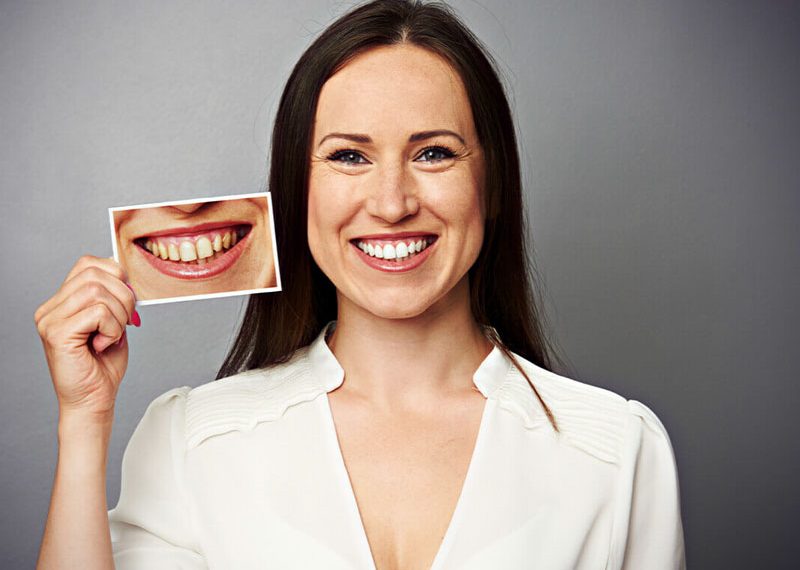
Smile design is a multidisciplinary treatment that includes multiple treatments that are made individually. When determining the smile design lines symmetrically, many items such as the person’s age, concerns, gums, jaw structure, facial line and lip structure are taken into consideration. Thanks to the developing technology, all stages can be scripted in the digital environment and the best smile can be planned and implemented. In this respect, all individuals who are not satisfied with the appearance and smile of their teeth in terms of aesthetics are frequently turning to smile design applications today.
Before Smile Design
Before the smile design planning is made, the patient’s x-ray is taken and the existing oral and dental health is subjected to a general evaluation process. At this stage, the physician reviews the canal, filling and all other treatments that are necessary. As a result, the patient’s emergency and important treatments before the smile design can be completed and the aesthetic stage can be passed after that.
How to Make a Smile Design?
Today, with the latest technology developing, aesthetic smile design processes are planned completely digitally. The dentist evaluates the X-ray and pre-examination findings taken at the initial stage together and makes a plan by taking into account the expectations of the patient. Then, by simulating this planning in the digital environment, it shows the patient the new smile that will occur after the treatment. At this stage, the physician makes the last exchange of ideas with the patient about the new smile formed in the digital environment. Then, before the permanent change, it starts the treatment by taking photos from different angles. The patient’s lower and upper jaw measurements are removed and a pattern modeling is removed. Coating applications are made on this modeling and then applied to the patient. A new smile design is completed in 3-4 sessions on average.
Treatments Used in Smile Design
Porcelain Veneer
It is a tooth coating method whose main material is porcelain. It offers an aesthetically unique smile. It tolerates strong bites.
Zirconium Coating
In zirconium coating, tooth surfaces are coated with zirconium main substance and a more aesthetic smile design is obtained. This method, which does not contain metal, is quite long-lasting.
Laser Teeth Whitening
Tooth whitening is the process of obtaining a whiter smile by opening the whiteness of the teeth made with laser by 2-3 tons. It is a simple application that can be completed in a single session.
Pink Aesthetics
Pink aesthetics is the process of reshaping the gums with laser to make the teeth more pronounced, which is applied to patients who are not satisfied with their smile due to the excessive appearance of the gums.
Implant
Natural-looking artificial tooth roots made to replace missing teeth are called implants. Today, it makes a great contribution to the integrity of the mouth by restoring the chewing and speech functions of people with tooth deficiency. From an aesthetic point of view, they cannot be easily distinguished since the superstructure is made compared to other teeth.
Tartar Cleaning
Food residues take hold on the tooth surfaces over time, causing tartar and plaque to form. This structure damages the teeth and gums over time, causing decay and gum disease. Before the smile design, all tartar and plaque are cleaned and the teeth and gums are made ready for the procedures.
Aesthetic Fillings
It is the process of completing the deformities experienced due to reasons such as caries or trauma in the tooth form with an aesthetic filling in accordance with the color of the tooth.
Dentures
Fixed Prosthesis
The fixed prosthesis provides the recovery of chewing function by placing permanent, non-removable artificial tooth forms in the tooth deficiency area.
Removable Prosthesis
Removable prostheses are artificial forms of teeth that the patient can remove and insert at any time. Its maintenance should be carried out regularly without interruption.
After Smile Design
The permanence of the treatments after the smile design depends on the patient’s failure to disrupt dental care. No matter how long-lasting the treatments are, regular tooth brushing, mouthwash and flossing should not be interrupted and attention should be paid to the diet in order for the treatments to be permanent.
For more detailed information about smile design, we are waiting for you in our clinic.

